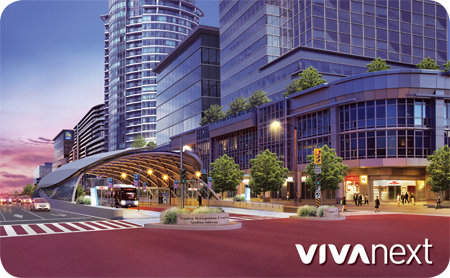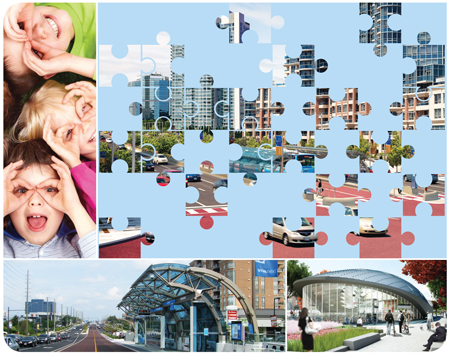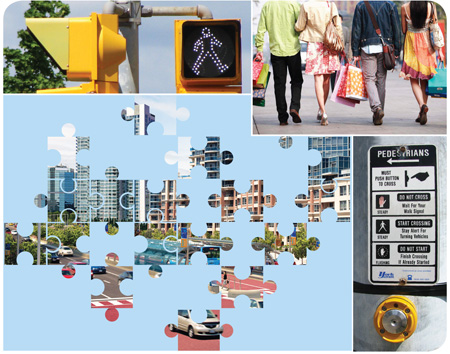Does great planning start with transit? Or does transit start with great planning? I was prompted to think about this the other day after reading an interesting newspaper article, “Why we’re better off living in hyperdense cities built around mass transit”.
The point of the article is that in many ways, we’re better off living in high density cities, as long as they have great transit so that people can live without cars. In particular, this article says the most productive and prosperous cities are those that are planned to have enough density to support a subway system.
Now it’s hard to imagine a time when everyone in York Region would choose to live without a car. Many of the people in this region have chosen to live here expressly because they love having more room around them, and to have the countryside so nearby. Cars will always be useful and practical in that kind of setting.
But there are many people – including an increasing number of young people – who like the idea of living and working in a walkable community, where they don’t need to have a car to carry out their daily routines.
The point of good planning is to ensure our communities provide appealing and functional options for both kinds of people. It ensures that people who want to live in spacious suburban communities have that option without facing gridlock every time they get in their car, while meeting the aspirations of people who want to live in dynamic, urban settings with adjacent, convenient rapid transit.
Planning to make these options possible requires a long-term vision, and a commitment to invest in the infrastructure needed in the future, long before growth happens. It also requires great transit. But building a rapid transit system before the density is in place can only be done if there’s a strategic plan that directs densities to transit corridors, so that it all works together. Rapid transit systems, including BRT like we’re building in York Region, require high volumes of riders to be sustainable.
Which brings me to my original question: what comes first, planning or transit? The reality in York Region is that they’re intricately linked and interdependent. Our planners identified many years ago that the future York Region would be bigger and more crowded, and would require more options to house people. They also identified that those options would only be built and appeal to people if there was great transit nearby.
So the moral of the story is planning and transit need each other, and one can’t happen without the other. Fortunately, we have both here in York Region – which means we will be able to offer more options for people, no matter what kind of community they want to live in.










